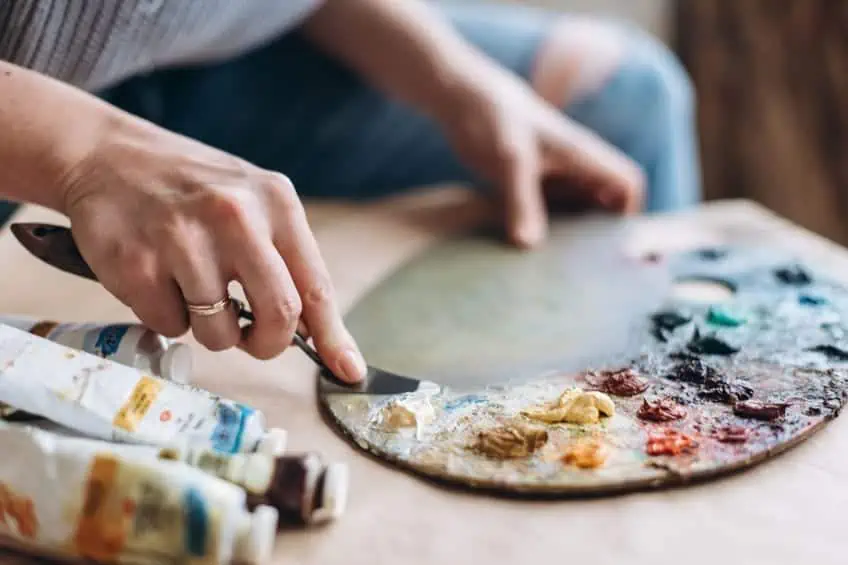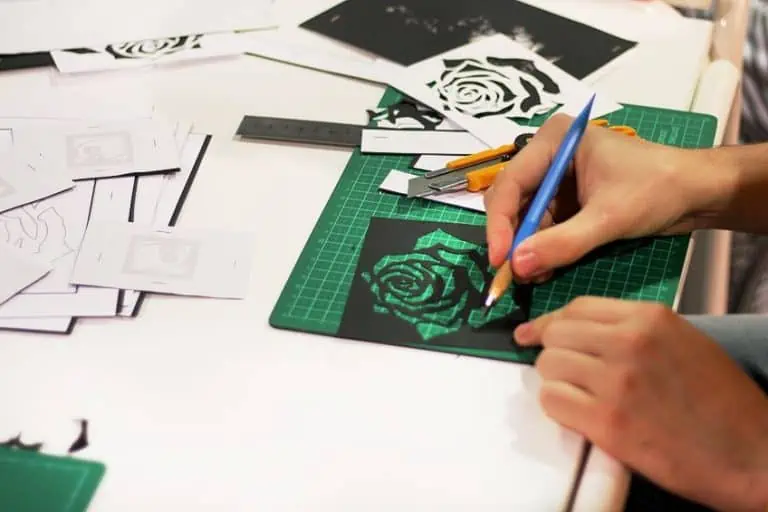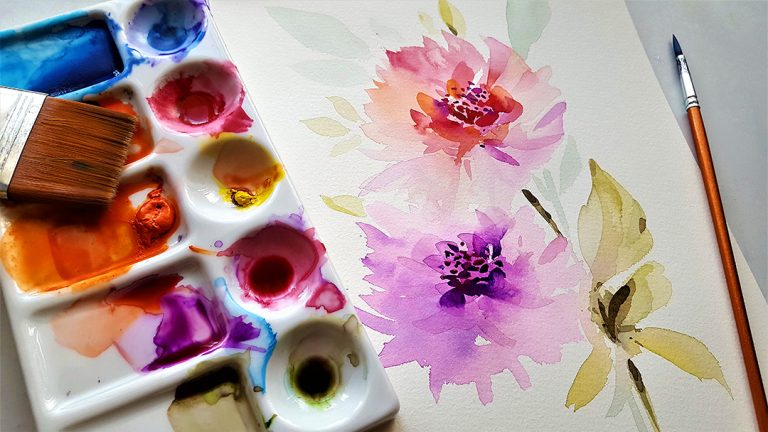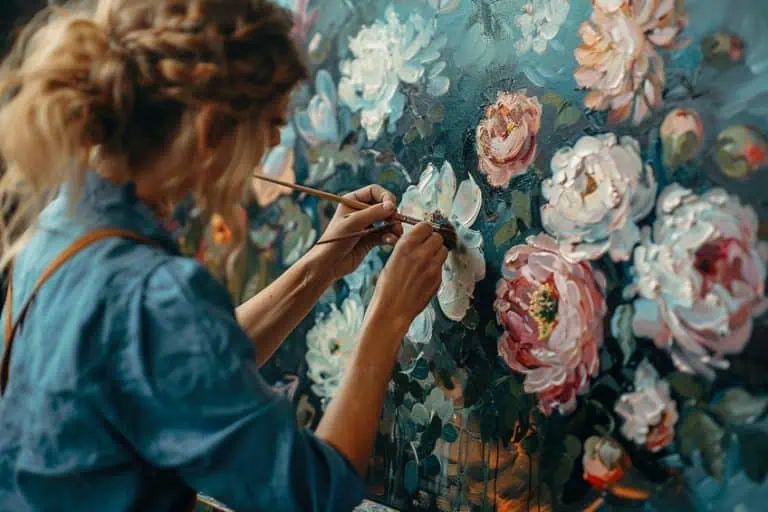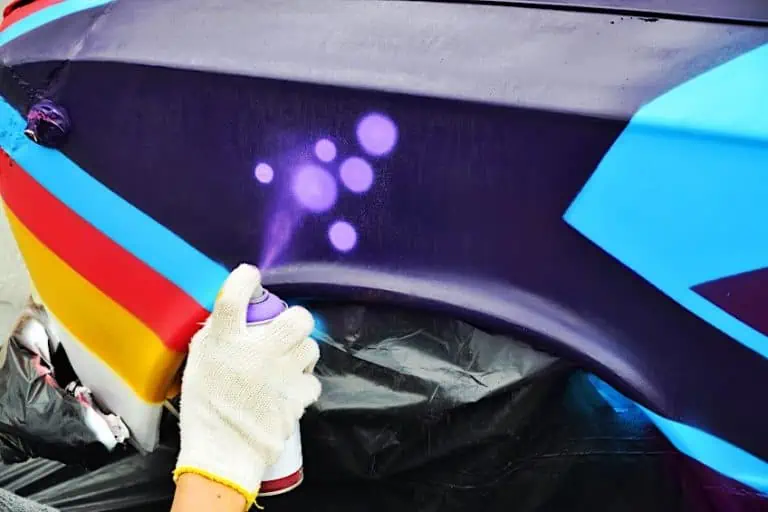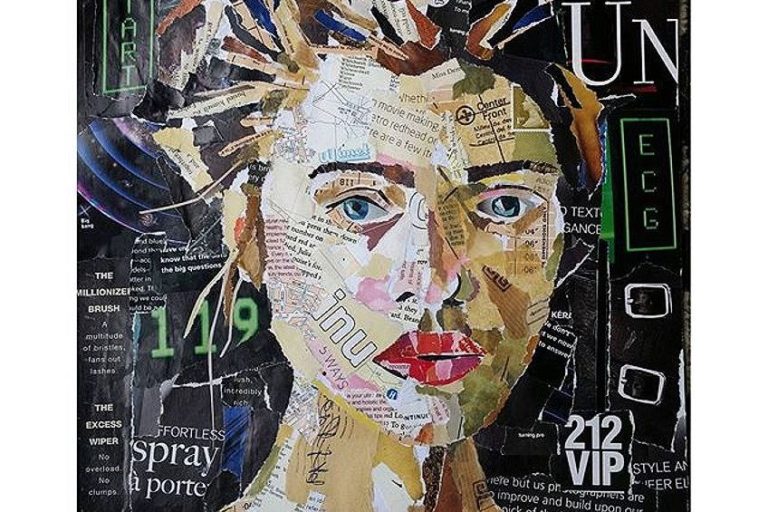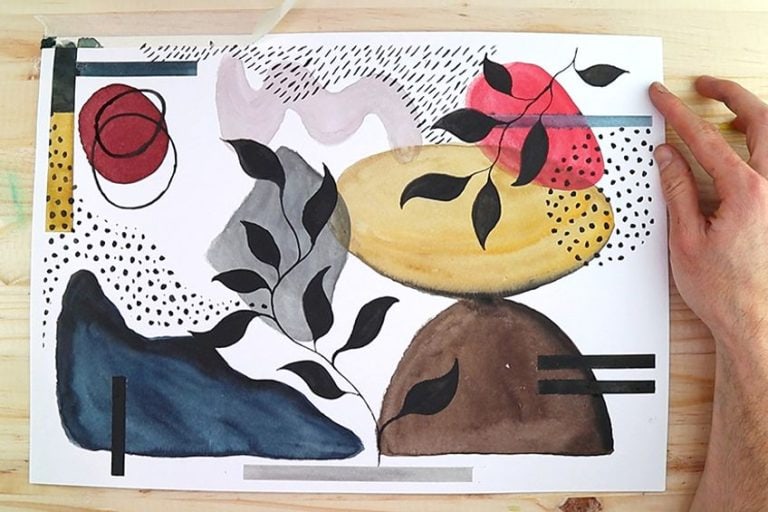Difference Between Art and Craft – How to Differentiate Art vs Craft
This post may contain affiliate links. We may earn a small commission from purchases made through them, at no additional cost to you.
The difference between art and craft is not always so obvious, they have always been linked to each other and are often mentioned together. In this article, we will look at craft’s definition and art’s definition with the purpose of understanding what separates the art object from the craft object. We will also try to discover why art vs. craft is often a confusing juxtaposition.
Table of Contents
Difference Between Art and Craft
In the modern age of contemporary art, which includes non-physical art styles like performance and sound art, anything can be called art. Nowadays, when an artist decides something is art it is nearly impossible for anyone to say otherwise. This means, that if an artist decides to use craft activities in their artwork, and chooses to call it art, no one can really categorize it otherwise.
Art and craft are both seen as visual creative expressions and often collocated. The phrase “arts and crafts” are often used in this way (with the two words together) as the activities have so much in common. Individuals who practice art are often interested in craft and vice versa.
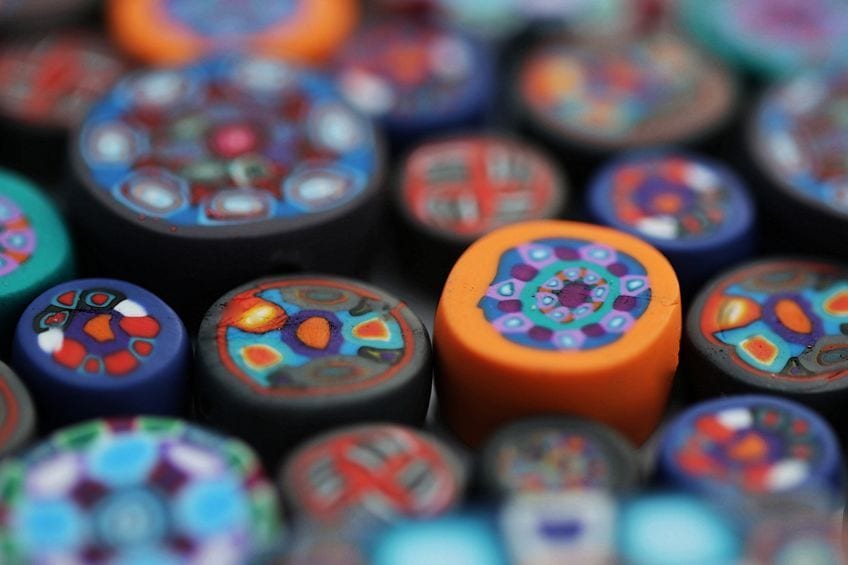
Many people would say that there is no difference between art and craft, but the fact that the activities have separate terms is indicative of an underlying difference. So, even though art activities might include craft activities and the other way around, there is still an understanding that craft is separate from art, and that art can exist separately from craft.
Furthermore, there is often an elitism connected to art, and craft is sometimes seen as less intellectual and challenging. This can create an inferiority complex in creatives that practice craft. It can also lead to artists not wanting to include their craft activities in their professional work. Let us see if we can track the difference between art and craft, how they are differentiated, and why.
Craft Definition
Craft can be seen as a trade or a hobby that requires a specific creative skill to create an item or product. There are so many forms of craft. Some involve activities that produce aesthetic and functional products. Whereas other craft activities are simply about making something beautiful out of recycled or upcycled materials. Craft activities can include embroidery, beading, weaving, quilting, carving, macrame, pottery, sewing, and so much more.
In the past, a craftsman was someone that practiced a specific form of craft.
They were trained and skilled in making specific items like baskets, clothing, jewelry, and so on. Crafts were only practiced by these small-scale producers or maintainers of goods. Craft is also known as “handicraft”, as it is the handmade nature of these items that distinguishes them from other mass-made products.
In the modern era, and with the rise of the internet DIY and self-help courses have become very popular. This made the practice of crafts more accessible to anyone. Most individuals have hobbies that they practice outside of work as a form of relaxation. These hobbies often involve craft activities.
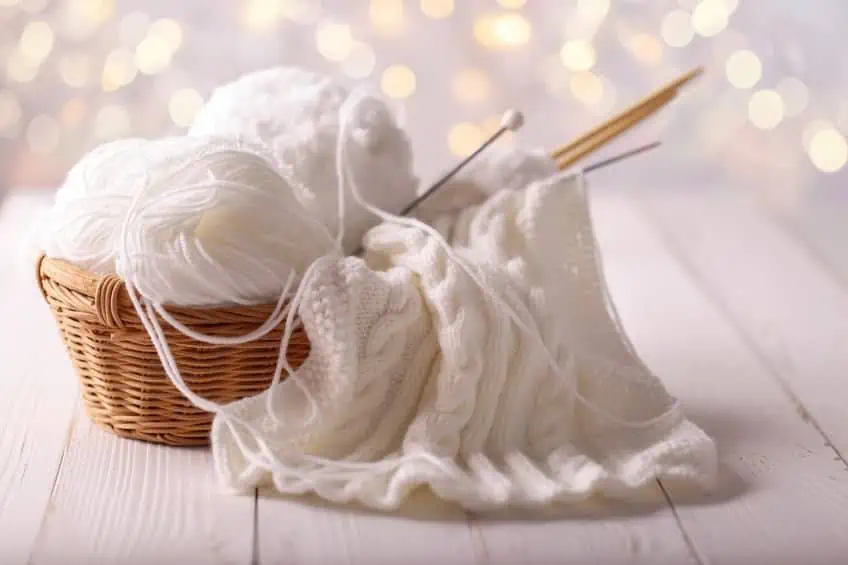
All craft activities require the specific application of technique. This means, that there are clear rules you need to follow within the practice of specific crafts. Craft activities also emphasize the use of specific tools and materials. Because of its structured and goal-orientated nature, the making of craft objects is seen to be easier than that of art objects.
Art Definition
Art’s definition has been debated throughout history by artists, philosophers, and scholars. Yet, the real meaning still often illudes us. One can say that art is almost defined by this indefinable nature. However, let us try to pin a few defining qualities of art down.
Art involves imagination and creative skills. It is a form of expression that is mostly applied to seven main sections that all fall under the category of art (this includes visual arts, but also other forms of expression): paintings, sculpture, literature, music, cinema, architecture, and theater. The traditional forms of visual arts include sculpture, drawing, painting, and photography.
That being said, art has become more ephemeral and abstract since the rise of conceptual art that made performance art, installation art, multisensory art, sound art, and so on possible.
Although the original purpose of art was to create aesthetically pleasing objects, modern art has moved away from this intention. Nowadays, art is created to communicate visions, ideas, and concepts and to evoke emotions, as well as to be beautiful. This just shows us that there might never be a universal agreement on what art is. The meaning of the concept has changed through time and will continue to change as artists explore and discover new ways to express themselves.
At the moment, there is a big debate in the art world about whether AI or algorithm-generated art can be considered art. As you are reading this article the definition of art is changing and new ways of making are accepted and debated. Brené Brown writes in her book, Daring Greatly (2012), that art is the box behind the couch where everything humans cannot neatly categorize gets thrown in. There are no limits to expression when it comes to art objects. An artist can decide when a drawing, painting, or sculpture is finished, but the end-point is not obvious from the beginning.

Art is often used to communicate cultural, philosophical, religious, environmental, political, and economic values of a group, country, or person, as well as any other aspect involved in human life. Artists use art to translate their feelings and beliefs. Art is often also used to document specific cultural events. Art employs symbolism, metaphorical thinking as well as experience (see our article on how art involves experience and why art is important for an in-depth look at these art aspects).
Art vs. Craft
Craft products from ancient cultures or indigenous people is often included in art museums, which further blurs the lines between these two practices. A craft object could be decorated, or painted in an artistic way, or the making of an art object can involve craft skills.
Art could be said to have inherent creative merit. This means that there is something within the art piece that sets it apart from a craft object. There is a resonance or an experience involved in art pieces that are not as simple as that of baskets, clothing, beadwork, and so on. Art objects move people by evoking emotion. Whereas, craft objects are created to attract people.
A craft object will often have a particular purpose or use. But art pieces have no explicit, functional use except to be perceived.
Some might say that craft originates in the mind, whereas art originates in the heart. In this way, art is more unstructured and without boundaries, and craft is structured and connected to specific tangible objects created by hand. Art often comes out of a person’s innate talent (with the skill of practice adding to that talent), whereas craft objects come out of the technique, skill, and need.
Art objects are often also more difficult to replicate as the artist’s unique expression is a vital characteristic of art pieces. Craft objects can be replicated with more ease as a specific basket design can be reproduced as many times as the maker wants to.

| Bases of Comparison | Art | Craft |
| Definition | A limitless, unstructured expression used to show the artist’s feelings, ideas, and concepts | A practice or activity in which a tangible object is created by hand |
| Rooted In | Creative merit and unique expression | Learned skills and technique |
| Purpose | Aesthetic, conceptual, symbolic, metaphorical | Aesthetic and functional |
| Highlights | Feelings, ideas, concepts, imagination | Correct use of tool and materials |
| Valuation | Difficult | Easy |
| Duplicatable | Difficult | Easy |
| Origination | Heart and soul | Mind |
| Product Of | Inherent talent mixed with practiced skill | Practiced specific skills and application technique |
Even though we have looked at art’s definition and craft’s definition, it should be clear to you that the difference between the two is not so clear-cut. They are often juxtaposed and practiced in parallel to each other. What separates the art object from the craft object, seems to truly depend on how the maker sees their practice and whether they understand what they practice as art or craft.
Frequently Asked Questions
What Separates the Art Object From the Craft Object?
Art objects are understood to evoke emotions and communicate ideas. Craft objects are often functional and purely created to be aesthetic. Craft objects are decorative objects but craft practices can also include the making of clothing. Craft objects are created by hand and involve a particular creative skill in the making of them. Art objects are often defined by the maker calling themselves an artist and the object being accepted as art by galleries, museums, collectors, and buyers.
What Makes Something Art?
The traditional classification of art included the following fields: paintings, sculpture, literature, music, cinema, architecture, and theater. Traditionally, visual arts include sculpture, drawing, painting, and photography. Nowadays, our understanding of art is informed but not limited by this view. This makes defining art more difficult and dependent on a group of people (like collectors, gallerists, and artists) agreeing that something is art. One might argue that when an artist decides something is art, it is art.
Can Anyone Be an Artist?
In the modern age, anyone can be an artist. You do not need formal training to be an artist. If you have no training, you are can be a self-taught artist. You just need to practice art and call yourself an artist. Conceptual art made this a possibility as artists are valued for their ideas as well as for the skills with which they deliver these ideas.
In 2005, Charlene completed her wellness degrees in therapeutic aromatherapy and reflexology at the International School of Reflexology and Meridian Therapy. She worked for a company offering corporate wellness programs for several years before opening her own therapy practice. In 2015, she was asked by a digital marketer friend to join her company as a content creator, and it was here that she discovered her enthusiasm for writing. Since entering the world of content creation, she has gained a lot of experience over the years writing about various topics such as beauty, health, wellness, travel, crafting, and much more. Due to various circumstances, she had to give up her therapy practice and now works as a freelance writer. Since she is a very creative person and as a balance to writing likes to be active in various areas of art and crafts, the activity at acrylgiessen.com is perfect for her to contribute their knowledge and experience in various creative topics.
Learn more about Charlene Lewis and about us.
